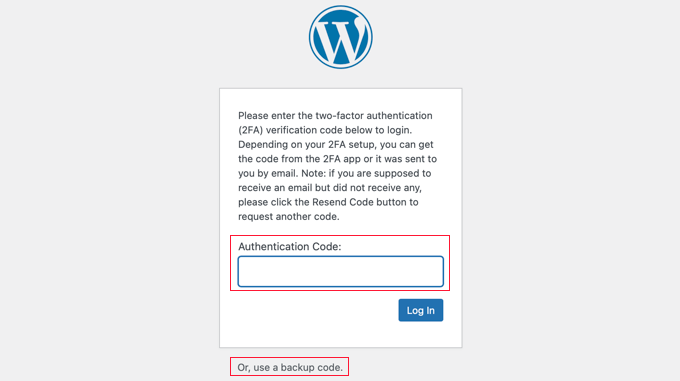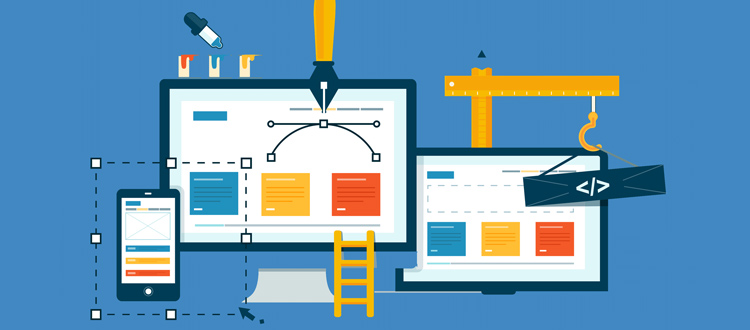Understanding Security Risks for Your WordPress Site
Imagine spending countless hours creating a website that generates leads and sales, only to discover one day that it has been compromised. Isn't it a gut punch? As a business owner, I have experienced the crippling fear of losing revenue and client trust due to a security breach. Since WordPress powers almost half of the internet, hackers target it frequently. The risks are real and can be very costly, ranging from malware to brute-force attacks. At Fykel's services, we have assisted companies in protecting their websites at a reasonable cost, guaranteeing peace of mind and continuous expansion.
Why is WordPress the target of hackers? It's simply popular; it's not personal. SQL injections, in which hackers take advantage of database flaws, and phishing scams, which deceive users into divulging private information, are frequent dangers. Weak passwords and outdated plugins are like leaving your front door open. To be honest, most people don't consider security until it's too late, but a secure website safeguards your customers, brand, and financial success. Let's examine how to prevent hackers.

Essential Security Measures for WordPress
It doesn't have to be a tech nightmare to secure your WordPress website. These best practices are essential for maintaining the security of your company and are simple and reasonably priced. Admittedly, when I first started, I believed that security was as simple as installing a plugin and being done. No, it's a multi-layered strategy, but it's doable.
1. Use Strong Passwords
Although it may seem simple, weak passwords invite hackers. To create and save complicated passwords like "X9$kP#vL2mQ7!nR," use a password manager. Make sure all users, especially administrators, have strong passwords. Brute-force attacks can be halted by taking this minor action.
2. Enable Two-Factor Authentication (2FA)
By requiring a second form of verification, such as a code texted to your phone, 2FA adds an additional layer of security. This is simple to set up with plugins like Wordfence or iThemes Security. At first, I wasn't sure if 2FA actually made a difference. Yes, it does. It's similar to locking one safe inside another.
3. Keep WordPress Updated
Vulnerabilities in outdated WordPress core, themes, or plugins are just waiting to be taken advantage of. Update to the most recent versions at all times. In your wp-config.php file, add the following to enable auto-updates for minor releases:
define('WP_AUTO_UPDATE_CORE', 'minor');
This guarantees that your website remains safe without requiring manual updates for each minor patch.
4. Limit Login Attempts
To gain access, hackers frequently attempt thousands of username-password combinations. Restricting the number of login attempts makes them stop. To block users after five unsuccessful attempts, add the following code to the functions.php file in your child theme:
function limit_login_attempts($user, $username, $password) {
$attempts = get_option('login_attempts', []);
$ip = $_SERVER['REMOTE_ADDR'];
if (isset($attempts[$ip]) && $attempts[$ip] >= 5) {
return new WP_Error('too_many_attempts', 'Too many login attempts. Try again later.');
}
return $user;
}
add_filter('authenticate', 'limit_login_attempts', 30, 3);
In the event of an attack, this prevents your server from overloading and safeguards your website.
5. Secure Your Hosting Environment
It matters which hosting company you use. Strong security features are frequently absent from inexpensive shared hosting. Choose managed WordPress hosting with integrated firewalls and malware detection, such as SiteGround or WP Engine. An inexpensive WordPress security plan starts with a secure host.
6. Use HTTPS
HTTPS protects sensitive information, such as credit card numbers, by encrypting data between your website and its users. Obtain an SSL certificate; Let's Encrypt offers many hosts free ones. Add this to your .htaccess file to force HTTPS:
RewriteEngine On RewriteCond %{HTTPS} off RewriteRule ^(.*)$ https://%{HTTP_HOST}%{REQUEST_URI} [L,R=301]
Because Google prefers HTTPS sites, this not only makes your site safer but also improves SEO.

Recommended Security Plugins for WordPress
Although they can't do everything, plugins are revolutionary for WordPress security. These tools are easy to use, reasonably priced, and made to safeguard your website without causing any lag. Based on my experience and current IT security trends, these are my top picks for 2025.
1. Wordfence Security
Wordfence functions similarly to a digital bodyguard. It provides malware detection, a firewall, and login security. Hackers are deterred by its real-time threat monitoring, and the free version is sufficient for the majority of small businesses. See how we have secured client sites with Wordfence by visiting Fykel's portfolio.
2. iThemes Security
Complex security tasks are made simpler by iThemes Security. It blocks shady IPs, hides your login page, and enforces strong passwords. For business owners who prefer set-it-and-forget-it protection, the pro version includes scheduled malware scans and 2FA.
3. Sucuri Security
Sucuri provides cloud-based security, which includes malware removal and a firewall. It's perfect for companies that handle private client information. Their monitoring tools protect your website and your reputation by warning you of threats before they have a chance to do harm.
4. UpdraftPlus
Although they aren't glamorous, backups can save lives. Backups to cloud storage, such as Google Drive, are automated by UpdraftPlus. You can restore your website in a matter of minutes if it is compromised. After weeks of work were lost due to a hack, I had to learn this the hard way.

Monitoring and Recovery Strategies
Even with the best defenses, you need to stay vigilant. Monitoring your site and having a recovery plan can save you from disaster. I once ignored a suspicious login alert, thinking it was nothing—big mistake. Here’s how to stay on top of things.
Regular Monitoring
To keep an eye on malware, file modifications, and login attempts, use plugins like Wordfence or Sucuri. Create email alerts to be notified of any suspicious activity. Look for indications of issues, such as persistent unsuccessful login attempts, in the error logs for your website in your hosting control panel.
Create a Backup Schedule
Use UpdraftPlus to plan weekly or daily backups. To prevent losing everything in the event that your server is compromised, store them off-site. You don't want to discover in the middle of a crisis that your backups are corrupt, so test them from time to time to make sure they're working.
Recovery Plan
Don't freak out if your website has been compromised. Update all passwords, restore from a clean backup, and use Wordfence or Sucuri to check for malware. Fykel's team can assist you in recovering swiftly and safely, reducing downtime and lost income, if you're not sure where to begin.
Conclusion: A Safe WordPress Site for Your Business
If your website has been compromised, don't panic. Change all of your passwords, restore from a clean backup, and scan for malware with Wordfence or Sucuri. If you're unsure where to start, Fykel's team can help you recover quickly and safely, minimizing downtime and lost revenue.




